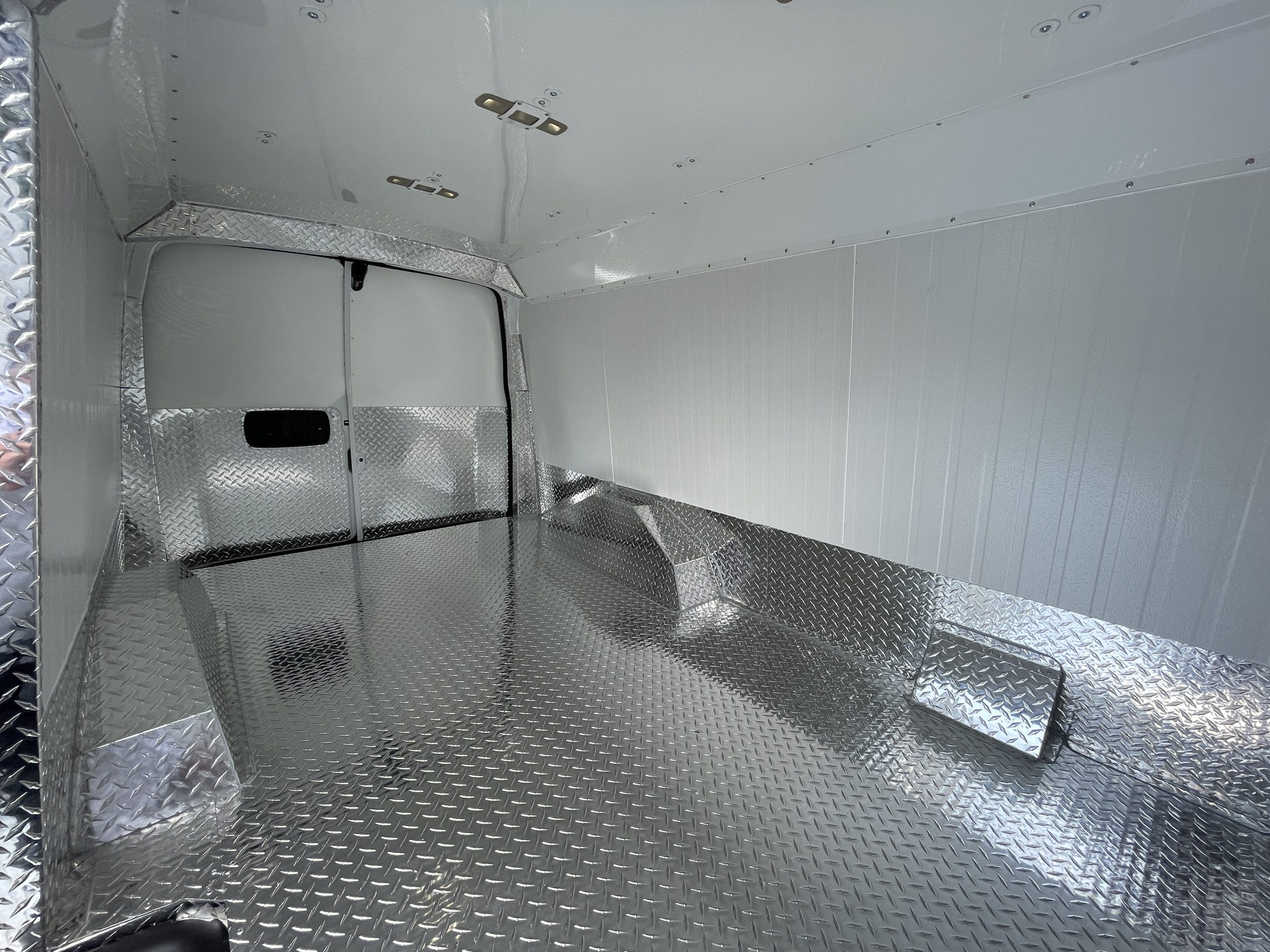Thermal insulation is very important if you are a refrigerated goods transporter. It’s necessary to keep your truck sealed at all times so that there is no temperature leakage. Otherwise, the air conditioner would have to work double-time to maintain the temperature inside the cabin.
Fortunately, you can maintain cabin temperature by adding proper padding and insulation materials. Here we will look at a few things you can do that will make a difference.
Insulation Materials
Experts believe that it is better to target insulation materials that have a lower thermal conductivity. That’s because such a material is economically viable, and it saves you from adding thick padding on the hold walls. The latter consumes space, which ultimately affects your truck’s storage capacity.
Polyurethane Foam
If you are looking for one of the cheapest thermal insulators, then you need not look further than polyurethane foam. This material is commercially available, and it is cheap, so you won’t be spending a fortune securing your vehicle. You can create rigid boards or pads filled with dedicated foam and easily fit them to the hold walls for maximum effect.
Fiberglass
Fiberglass is widely used in the fishing industry as an insulator for boats and trawlers. There is no reason why you can’t use it in your truck or vehicle to maintain temperature. The good thing about fiberglass is that it is easily available, cheap, resistant to fire, and inconducive to heat. Moreover, it is available in a variety of presentations (in the form of mats, pads, boards, or as loose-fill).
A major disadvantage is that fiberglass breaks easily, so you have to be careful with handling your goods.
Final Thoughts
There are many other ways you can improve thermal insulation in your vehicle. Many of them are expensive and difficult to implement, so you should better stick with something that is both cheap and easy to install.
